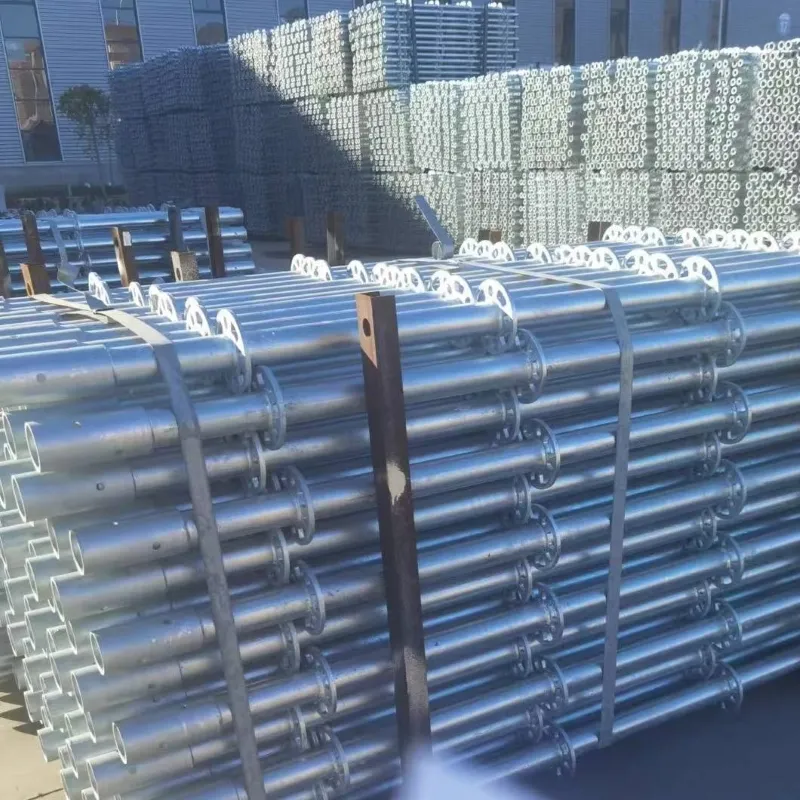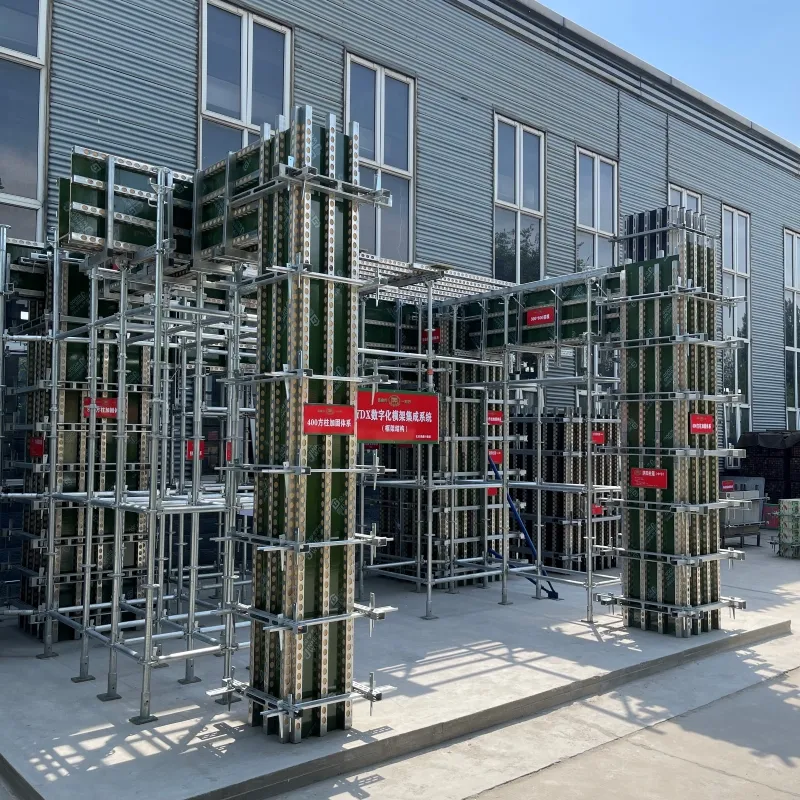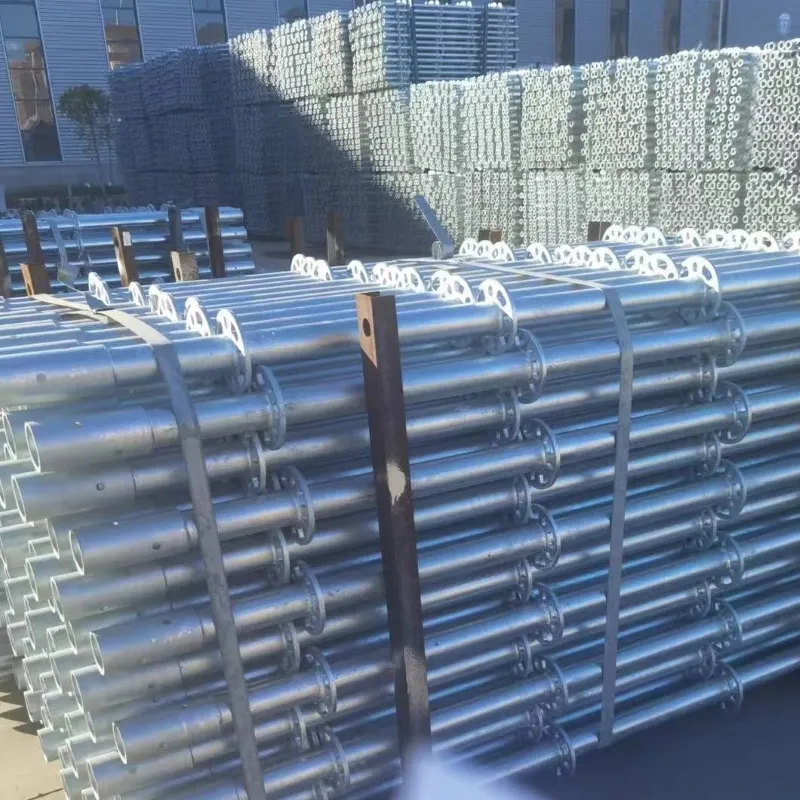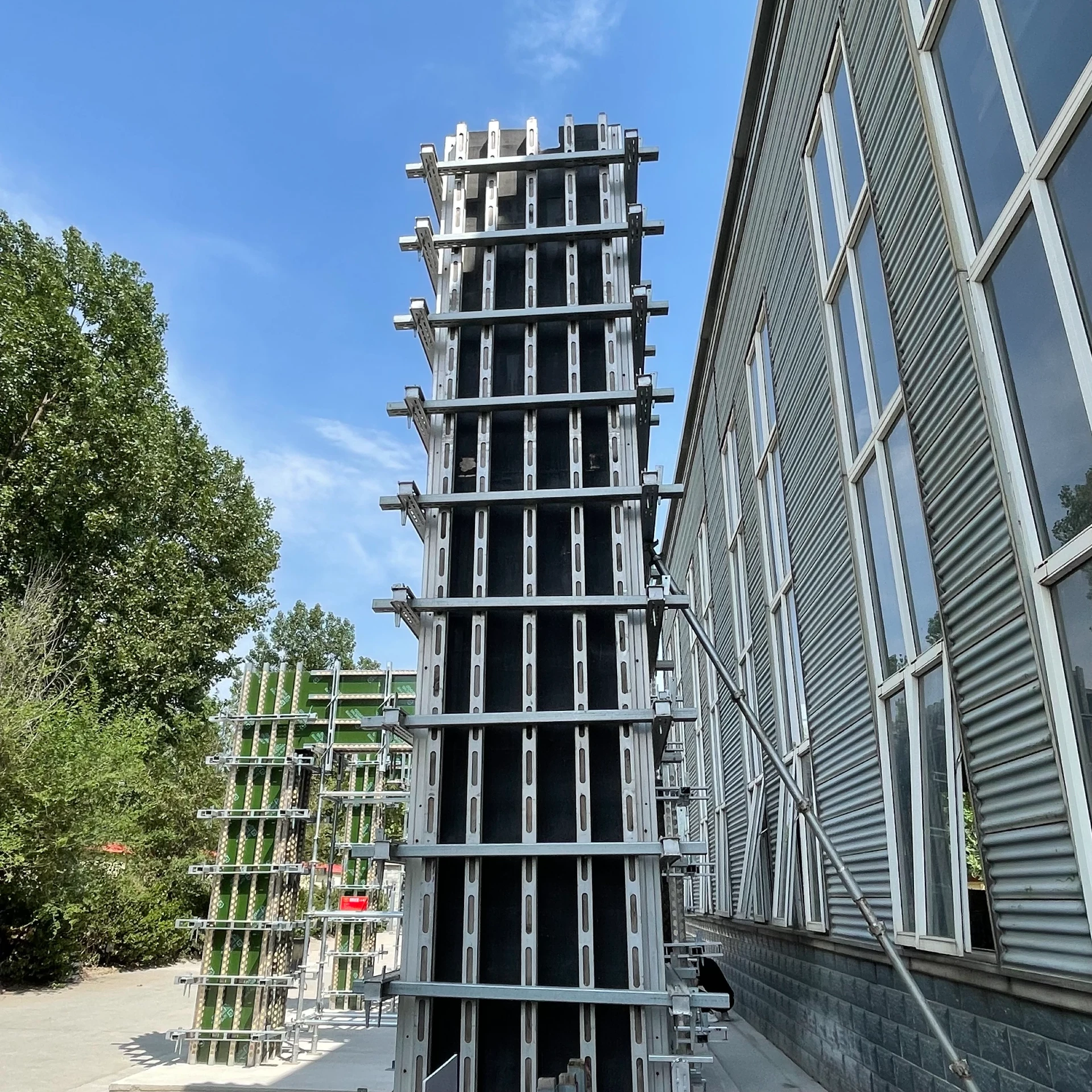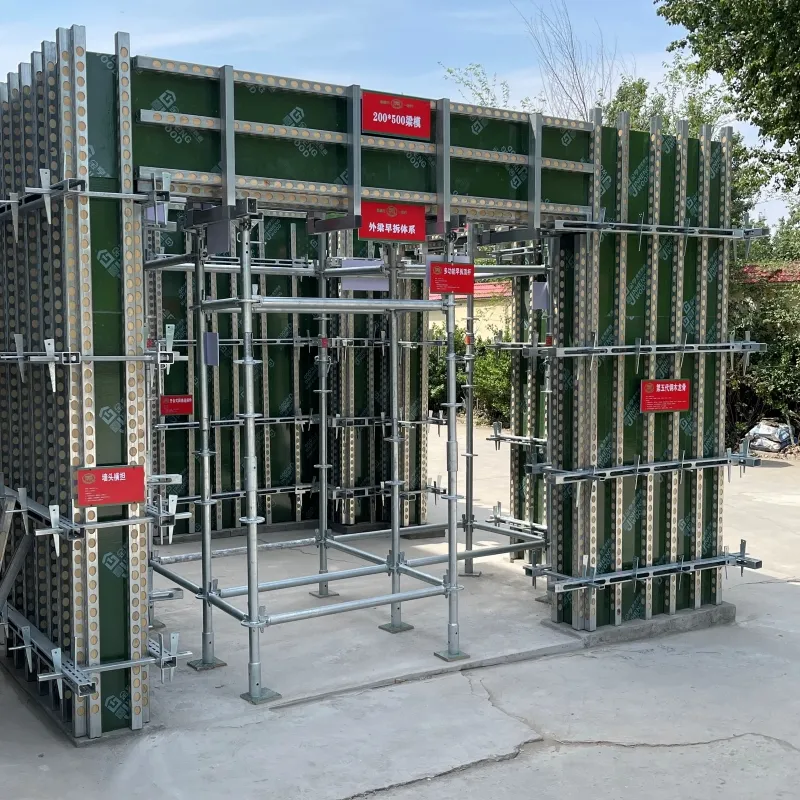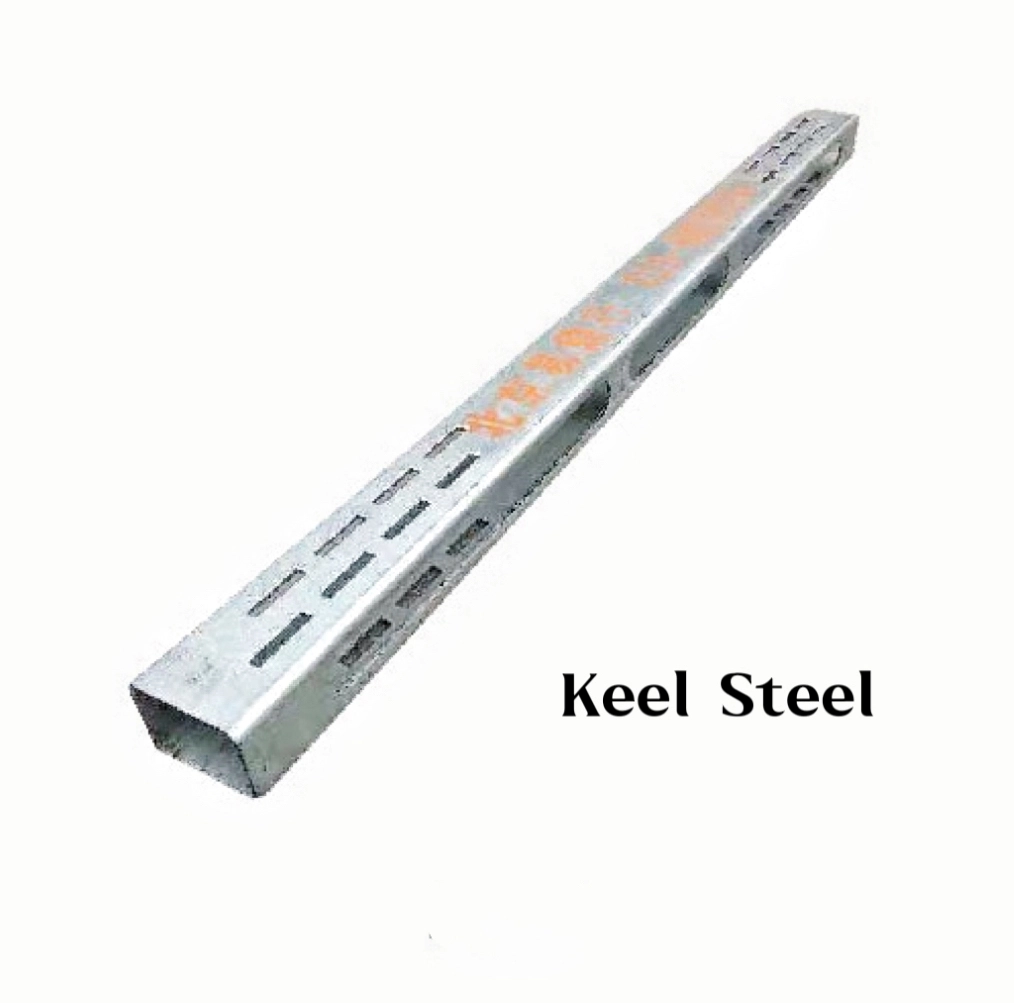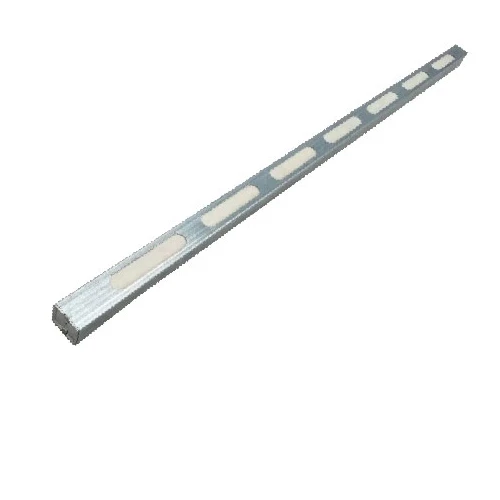
Premium Square Column Rebar for Strong Walls & Buildings
HeBei Yidingxing Technology Co.,LTD.
As a leading manufacturer of construction reinforcement systems, HeBei Yidingxing Technology specializes in innovative column rebar solutions serving global infrastructure projects.
Introduction to Modern Column Reinforcement Systems
Structural reinforcement has undergone significant evolution with column rebar technology at its core. These specialized reinforcement systems form the backbone of modern construction, ensuring structural integrity in everything from residential towers to industrial complexes. The current industry trend prioritizes solutions that offer structural safety, rapid installation, and sustainable design.
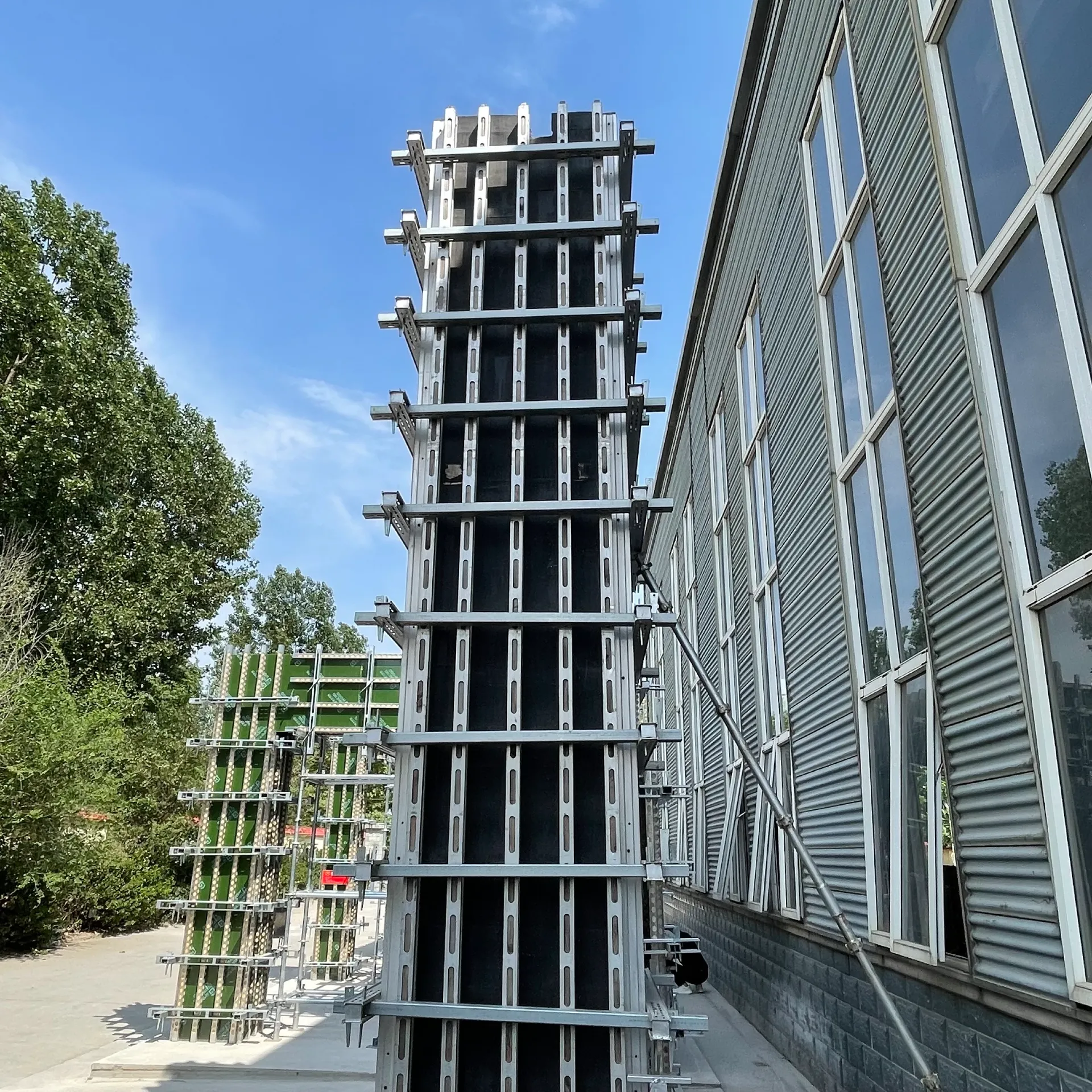
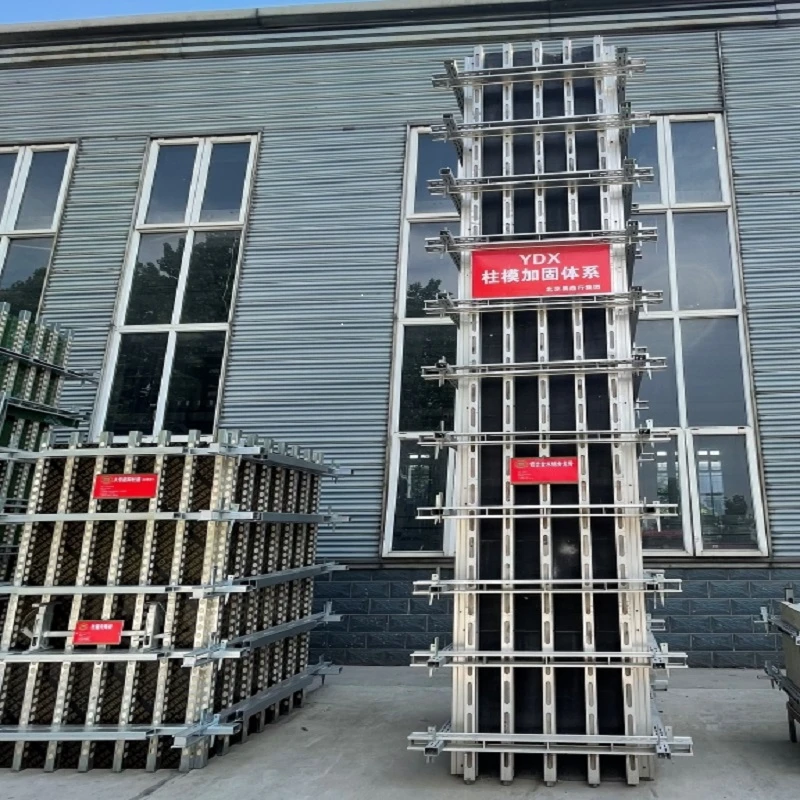
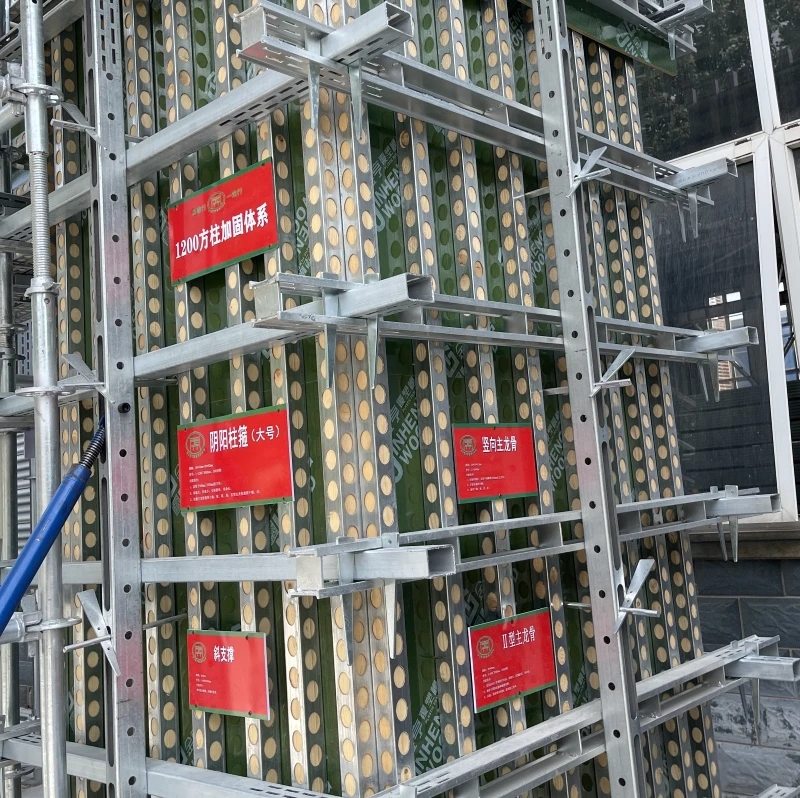

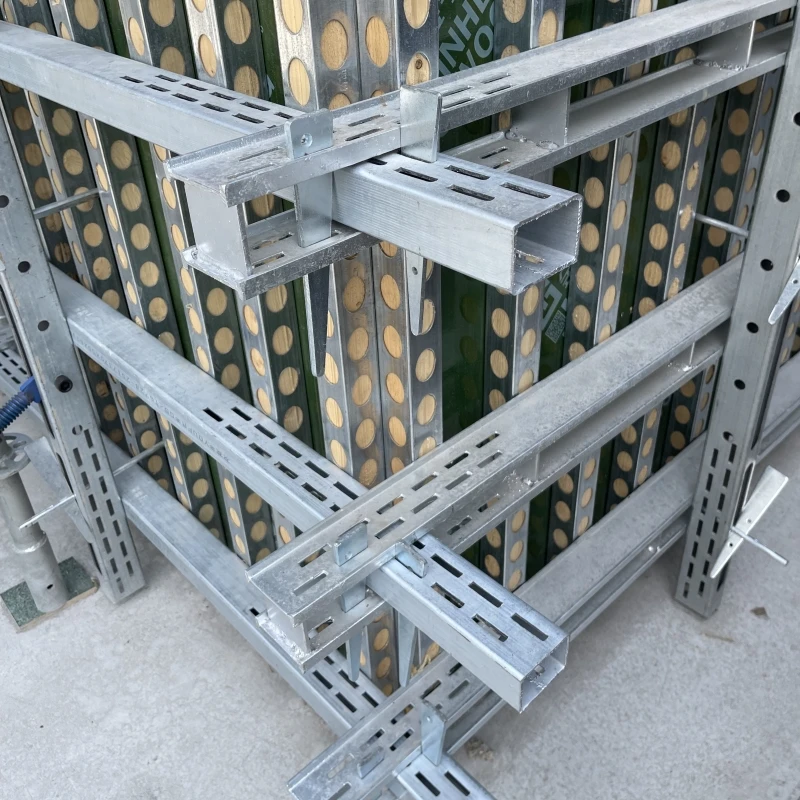
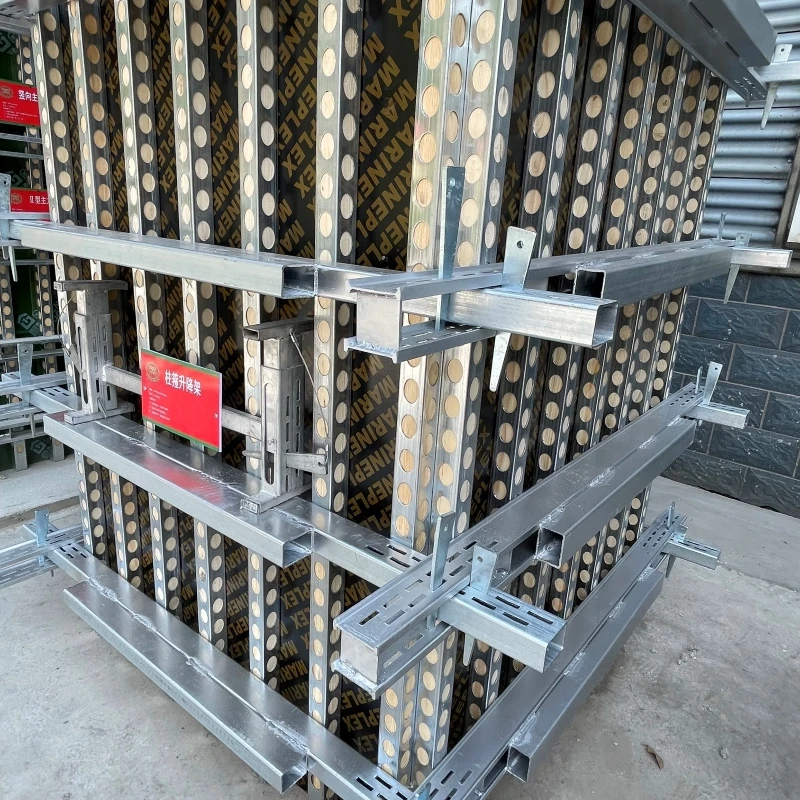
Square Column Reinforcement System
Our flagship product, the Square Column Reinforcement, revolutionizes building reinforcement with its innovative design and superior engineering. This system utilizes high-grade steel components including keel steel and I-steel to create robust frameworks for columns, walls, beams, and top-floor structures.
Key advantages include:
- Lightweight design facilitating faster installation and disassembly
- Exceptional load-bearing capacity exceeding industry standards
- Extended service life through corrosion-resistant materials
- Reusable design that reduces costs through multiple project cycles
- Comprehensive sizing options: small, medium, and large column hoops
Technical Specifications of Modern Column Rebar Systems
| Parameter | Small Column Hoop | Medium Column Hoop | Large Column Hoop | Industry Standard |
|---|---|---|---|---|
| Yield Strength | 400-500 MPa | 450-550 MPa | 500-600 MPa | ASTM A615 Grade 60 |
| Tensile Strength | 550-650 MPa | 600-700 MPa | 650-750 MPa | ≥620 MPa (EN 10080) |
| Maximum Load Capacity | 30 kN | 45 kN | 60 kN | 30-60 kN |
| Dimensions | 200-300 mm | 300-500 mm | 500-800 mm | Variable |
| Material Composition | High-grade carbon steel | High-grade carbon steel | Reinforced alloy steel | Carbon/alloy steel |
| Reusability Cycles | ≥150 | ≥120 | ≥100 | ≤80 (avg) |
| Corrosion Resistance | Epoxy coating | Hot-dip galvanization | Zinc-aluminum alloy | Standard galvanization |
Industry Trend Analysis
The global building reinforcement market is projected to reach $290 billion by 2030 according to McKinsey & Company. The significant growth is driven by increased infrastructure spending and seismic retrofitting regulations in earthquake-prone regions. A notable trend is the accelerated adoption of modular column rebar systems that significantly reduce construction timelines.
A recent study in the Journal of Construction Engineering demonstrated that modern square rack reinforcement systems decrease project completion times by 22% while increasing structural resilience by 18% compared to traditional methods. Modular wall reinforcement systems with pre-engineered connections show particular promise in high-seismic zones.
Journal of Construction Engineering and Management, 2023
Technical Applications in Construction
Optimized square column reinforcement details are essential in three principal construction scenarios:
1. High-Rise Construction
The innovative interlocking mechanism in modern column rebar systems can withstand wind loads up to 150 mph and seismic forces measuring 0.45g PGA (Peak Ground Acceleration). This capability makes them ideal for skyscraper cores where structural integrity is paramount.
2. Industrial Facilities
Industrial applications require reinforcement systems that accommodate heavy machinery vibrations. Our column rebar solutions with advanced connection joints effectively dissipate harmonic vibrations at frequencies between 10-50 Hz.
3. Infrastructure Projects
Bridge piers and tunnel supports benefit from the sacrificial anode protection system incorporated in our zinc-aluminum alloy coated reinforcement. This technology extends structural lifespan by 35 years even in corrosive environments with chloride ion exposure levels up to 14,500 ppm.
Professional Installation Guidelines
Proper installation maximizes the performance of column rebar systems:
- Site Preparation: Verify foundation levelness within 3mm tolerance over 3 meters using laser leveling equipment
- Layout Positioning: Establish column centers using GPS positioning with ≤5mm accuracy
- Framework Assembly: Assemble reinforcement cages with torque-controlled connections set to 180 N·m
- Alignment Verification: Confirm plumb alignment with inclinometers ensuring ≤1:500 deviation
- Concrete Placement: Implement vibration protocols maintaining frequency between 10,000-15,000 VPM
Professional FAQ: Column Reinforcement Systems
What steel grade provides optimal performance for column reinforcement?
For most structural applications, Grade 60 (420 MPa) steel offers the optimal balance between strength and ductility. In seismic zones requiring greater deformation capacity, we recommend Grade 80 (550 MPa) with enhanced elongation properties ≥10%.
What's the recommended clearance between reinforcement and formwork?
Maintain a minimum 25mm concrete cover between reinforcement and formwork surfaces. For aggressive environments (coastal, industrial), increase to 40mm cover using corrosion-inhibiting admixtures in the concrete mix.
How do I calculate column hoop spacing requirements?
Use the formula: s ≤ min(16db, 48dt, 0.5b). Where db is longitudinal bar diameter, dt is tie diameter, and b is column width. The ACI 318-19 requirement specifies tighter spacing at potential plastic hinge zones (≤h/4).
What are the seismic detailing requirements for column reinforcement?
In SDC (Seismic Design Categories) C-F, columns require confinement reinforcement at both ends (Lc ≥ max(h, 1/6 clear height, 450mm)). Hoops must achieve a minimum volumetric ratio (ρs) of 0.09fc'/fyh within the plastic hinge region.
How can reinforcement optimization reduce construction costs?
Structural analysis shows optimized reinforcement layouts can reduce steel tonnage by 15-22%. Furthermore, prefabricated reinforcement cages cut installation labor by 40% and reduce rework costs by 18% due to improved positional accuracy.
What's the industry standard tolerance for reinforcement placement?
ACI 117 establishes the following tolerances: ±12mm for longitudinal bar positioning, ±6mm for clear concrete cover, and ±12mm for column tie spacing. Critical structural elements should implement stricter tolerances using laser positioning systems.
How do corrosion protection systems extend service life?
Galvanized systems provide 25-50 years protection in moderate environments, while advanced zinc-aluminum coatings (≥85% Zn, 15% Al) extend protection to 75+ years even in coastal environments with chloride exposure exceeding 600 mg/m²/day.
Certification and Quality Assurance
Our column rebar systems meet international standards including:
- ISO 9001:2015 Quality Management Systems
- ASTM A1064/A1064M - Standard Specification for Steel Wire and Welded Wire Reinforcement
- EN 10080:2005 - Steel for the reinforcement of concrete
- AS/NZS 4671:2019 - Steel reinforcing materials
- GB/T 1499.2-2018 - Chinese standard for steel reinforcement
Third-party testing by SGS International confirms our materials exceed minimum yield strength requirements by 15% on average. Batch traceability is maintained through digital tracking systems recording metallurgical composition and mechanical properties.
Construction and Building Materials, 2023
Environmental Impact and Sustainability
Our modular reinforcement systems contribute to sustainable construction through:
- Reusability: Average reuse cycles of 120+ projects reduce virgin material consumption
- Carbon Footprint Reduction: Lightweight design lowers transportation emissions by 38%
- Recycled Content: Manufacturing incorporates ≥25% recycled steel content
- End-of-Life Recovery: 97% material recovery rate through dedicated take-back programs
Lifecycle analysis indicates our systems reduce CO2 emissions by 17kg per square meter of concrete structure compared to traditional reinforcement methods. The International Association for Sustainable Construction recognizes these benefits with their Gold Certification for sustainable building products.
Conclusion: The Future of Structural Reinforcement
The evolution of column rebar technology continues to transform structural engineering. As building codes evolve to address resilience requirements, the integration of high-performance steel, precision engineering, and digital quality control will define the next generation of building reinforcement systems.
As industry leaders, HeBei Yidingxing Technology remains committed to innovation that advances the science of structural integrity. Our ongoing research in wall reinforcement systems, square rack connections, and seismic-resistant detailing continues to push the boundaries of construction technology.
ACI Structural Journal, 2024
-
The Importance of Reinforcement Bar in ConstructionNewsJul.11,2025
-
The Durability of Timber Steel FurnitureNewsJul.11,2025
-
How to Assemble Fixed Clamp Scaffolding SafelyNewsJul.11,2025
-
Essential Column Rebar Specifications for High-Rise BuildingsNewsJul.11,2025
-
Common Applications of Steel Keels in ConstructionNewsJul.11,2025
-
Benefits of Using Aluminum Scaffolding Ladders Over SteelNewsJul.11,2025
-
Stainless Steel Keel: Analysis of the Triple Advantages of Rigidity, Stability, and LightweightNewsJun.19,2025




